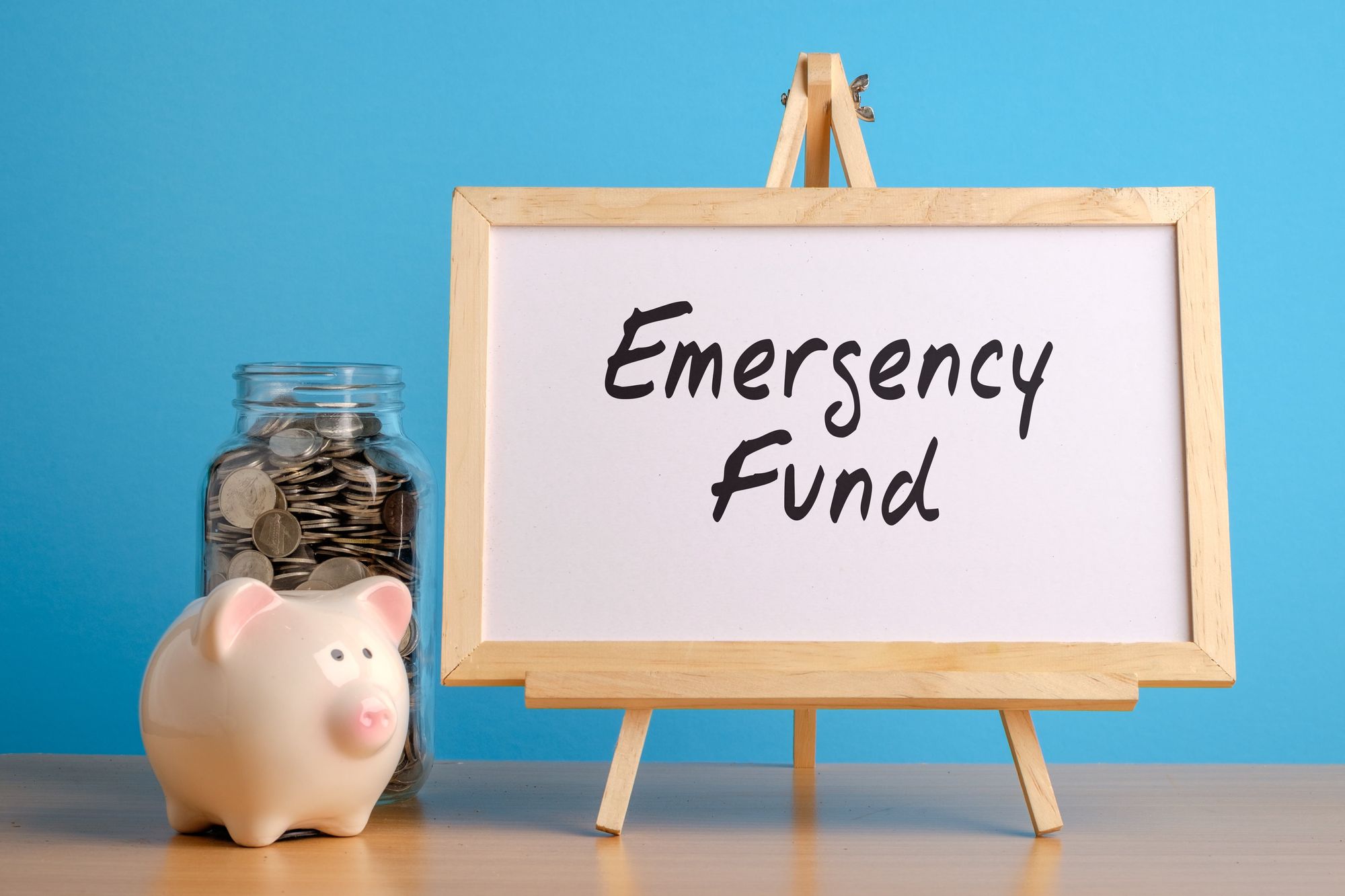
Building Your Emergency Fund: A Comprehensive Guide
An emergency fund is a financial safety net designed to cover unexpected expenses or financial emergencies, such as medical bills, car repairs, job loss, or other unforeseen events. Establishing and maintaining an emergency fund is crucial for financial stability and peace of mind. In this guide, we’ll explore the importance of an emergency fund, how much you should save, where to keep your emergency fund, and strategies for building and maintaining it.
Why an Emergency Fund is Essential
An emergency fund serves several critical purposes:
- Financial Security: It provides a cushion to cover unexpected expenses without disrupting your financial stability or leading you into debt.
- Peace of Mind: Knowing you have funds set aside for emergencies reduces financial stress and anxiety.
- Avoiding Debt: With an emergency fund, you can avoid high-interest debt from credit cards or loans when unexpected expenses arise.
- Flexibility: It offers flexibility and freedom to handle emergencies without having to liquidate investments or assets at inopportune times.
How Much Should You Save?
The amount you should save in your emergency fund depends on your individual circumstances, but a common recommendation is to save 3-6 months’ worth of living expenses. Here’s a more detailed breakdown:
- Basic Guideline:
- Three Months: Suitable for single individuals with a stable income and low financial obligations.
- Six Months: Recommended for families, individuals with variable income (freelancers, gig workers), or those with higher financial responsibilities.
- Factors to Consider:
- Job Stability: If you have a secure job, you might aim for the lower end of the range. If your job is less stable, save more.
- Dependents: More dependents mean higher expenses, requiring a larger emergency fund.
- Health and Insurance: Consider potential medical expenses and whether your health insurance covers emergencies adequately.
- Debt Levels: High debt levels might necessitate a larger emergency fund to ensure you can continue making payments even during financial hardships.
Where to Keep Your Emergency Fund
Your emergency fund should be easily accessible but separate from your regular spending accounts. Here are some options:
- High-Yield Savings Account: Offers better interest rates than regular savings accounts while keeping your funds liquid and easily accessible.
- Money Market Account: Provides higher interest rates and check-writing capabilities but may require a higher minimum balance.
- Certificates of Deposit (CDs): While CDs can offer higher interest rates, they often have penalties for early withdrawal. Use CDs for a portion of your emergency fund if you have a significant amount saved and want to earn a bit more interest.
- Cash Management Accounts: Offered by investment firms, these accounts combine features of savings and checking accounts with higher interest rates.
Strategies for Building Your Emergency Fund
- Set a Savings Goal: Determine the total amount you need based on your monthly expenses and the recommended 3-6 months’ guideline. Break it down into manageable monthly savings goals.
- Automate Savings: Set up automatic transfers from your checking account to your emergency fund. This ensures consistent contributions and reduces the temptation to spend the money elsewhere.
- Cut Unnecessary Expenses: Review your budget and identify areas where you can cut back. Redirect those savings to your emergency fund. This might include reducing dining out, canceling unused subscriptions, or finding more affordable alternatives.
- Increase Income: Look for opportunities to boost your income, such as taking on freelance work, a part-time job, or selling unused items. Direct any extra income into your emergency fund.
- Use Windfalls Wisely: If you receive unexpected money, such as a tax refund, bonus, or inheritance, consider allocating a significant portion to your emergency fund.
- Track Progress: Regularly monitor your savings progress. Seeing the fund grow can motivate you to continue saving and stay on track.
Maintaining Your Emergency Fund
- Regularly Reevaluate Your Needs: Life circumstances change, so reassess your emergency fund needs periodically. Significant life events, such as marriage, having children, or buying a home, may require adjusting the fund’s target amount.
- Avoid Using the Fund for Non-Emergencies: Discipline is key. Only use the emergency fund for genuine emergencies, not for discretionary spending or non-essential purchases.
- Replenish After Use: If you need to dip into your emergency fund, prioritize replenishing it as soon as possible. Treat it as a financial obligation until it’s back to its full amount.
- Keep the Fund Accessible but Separate: To avoid the temptation of using the funds for non-emergencies, keep your emergency savings in a separate account from your regular checking or spending accounts.
The Psychological Benefits of an Emergency Fund
Having an emergency fund isn’t just about financial security; it also offers significant psychological benefits:
- Reduced Stress: Financial emergencies can be stressful and overwhelming. Knowing you have a financial cushion can significantly reduce anxiety.
- Improved Decision-Making: With a safety net in place, you can make better financial decisions without the pressure of immediate financial distress.
- Increased Confidence: An emergency fund empowers you to handle financial challenges confidently and independently.
Conclusion
Building and maintaining an emergency fund is a crucial aspect of financial planning. It provides a safety net that ensures financial stability, reduces stress, and offers peace of mind. By setting a savings goal, automating your savings, cutting unnecessary expenses, and regularly monitoring your progress, you can build a robust emergency fund that safeguards your financial future. Remember, the key to a successful emergency fund is discipline and consistency. Start today, and take the first step towards financial security and resilience.










